Sugar Cane
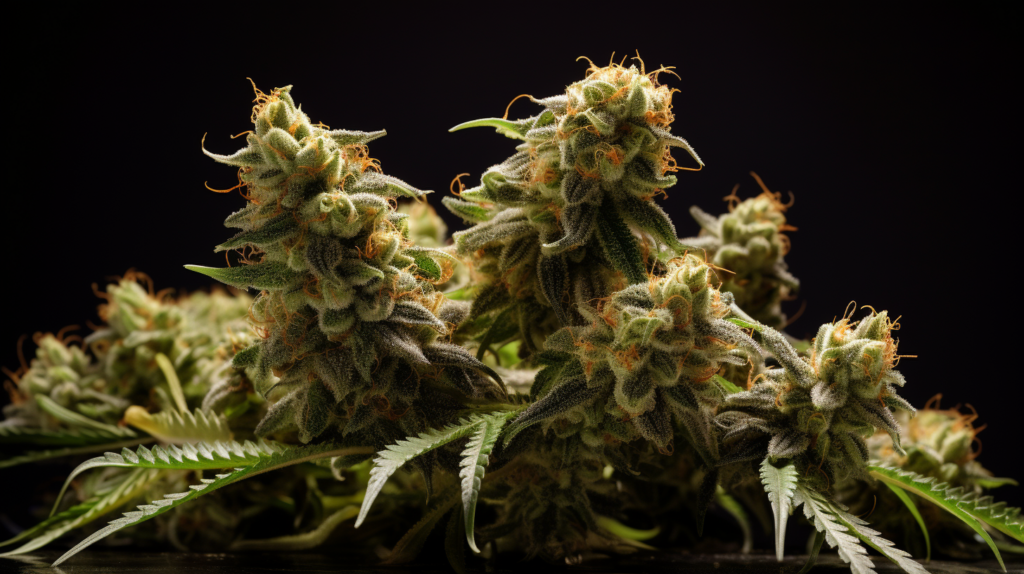
In the nuanced world of cannabis cultivation, the Sugar Cane strain emerges as a noteworthy subject for its unique blend of genetics and the balanced spectrum of effects it purports to offer.
A sativa-dominant hybrid born from the careful crossing of Platinum and Slurricane strains, Sugar Cane boasts a respectable THC content that hovers around the 20% mark, appealing to both recreational users and medical patients alike.
The professed sugary grape candy flavor profile, coupled with its reported ability to provide a harmonious combination of relaxation and stimulation, positions this strain as a multifaceted contender in the market.
However, while anecdotal evidence suggests an array of potential therapeutic benefits, ranging from pain relief to mood enhancement, the scientific community continues to grapple with the complexities of its efficacy and safety.
As we consider the broader implications of Sugar Cane within the contexts of both wellness and recreational enjoyment, it becomes clear that there is a rich tapestry of discussion points to explore, particularly as they pertain to its place in an industry that is rapidly evolving.
Genetic Lineage
The Sugar Cane weed strain emerges from a deliberate genetic crossing of the Platinum and Slurricane strains, resulting in a unique hybrid that possesses a THC content typically around 20%. This meticulous cross of Platinum, a well-known strain for its high resin production, and Slurricane, lauded for its potent effects, yields a lineage that balances both genetic profiles. The hybridization process has been carefully calibrated to produce a strain that offers a multifaceted experience for consumers.
Analyzing the genetic composition of Sugar Cane reveals its capacity to provide a well-rounded high. Users can expect a blend of relaxation and energy, which may facilitate motivation and productivity. Its genetic makeup also suggests pronounced pain-relieving properties, making it a potential candidate for individuals suffering from chronic pain, stress, and depression.
Additionally, the therapeutic applications of Sugar Cane are notable. Its lineage indicates suitability for treating a spectrum of conditions, including appetite loss, nausea, chronic fatigue, headaches, and migraines. The strain’s genetic background not only contributes to its therapeutic effects but also to its distinctive super sugary grape candy flavor profile, enhancing its appeal to connoisseurs seeking both relief and a pleasant gustatory experience.
THC/CBD Content
Sugar Cane’s cannabinoid profile is characterized by a THC content that typically hovers around the 20% mark, while its CBD presence remains relatively low, underlining its potency and suitability for experienced cannabis users. This balance of cannabinoids reflects the strain’s genetic composition as a 60% sativa and 40% indica hybrid, which is designed to deliver a robust cerebral high accompanied by a soothing body effect.
From an analytical standpoint, the dominant THC level in Sugar Cane correlates with the strain’s capacity to produce intense psychoactive experiences. The prominence of THC over CBD in this strain is indicative of its recreational appeal rather than its potential therapeutic applications, given that high THC and low CBD concentrations are often associated with recreational rather than medicinal use. However, the subtle presence of CBD may contribute to the overall entourage effect, potentially modulating the intensity of the THC and contributing to a more nuanced user experience.
For consumers seeking relief from certain conditions such as chronic pain, anxiety, or insomnia, the THC content of Sugar Cane may offer significant benefits, although its low CBD content suggests that it may not be the optimal choice for those particularly sensitive to THC’s side effects. As with all high-THC strains, moderation and responsible usage are key to maximizing the benefits while minimizing potential adverse reactions.
Terpene Profile
Dominating the aromatic signature of Sugar Cane, myrcene imparts an herbal and earthy scent that underscores the strain’s potential for inducing relaxation and stress relief. Myrcene, the dominant terpene in Sugar Cane, is known for its sedative qualities and is a primary contributor to the strain’s complex aroma profile, which includes notes of grape, sweetness, and florals. This terpenoid is not only pivotal in defining the olfactory experience but also plays a significant role in the pharmacodynamics of the strain.
Analyzing the terpene profile further, the presence of myrcene is indicative of the strain’s potential to offer calming effects, which users often seek for stress alleviation. The terpene’s interaction with THC and other cannabinoids may enhance the overall entourage effect, potentially amplifying the therapeutic benefits of Sugar Cane. Such synergy can increase the medicinal value of the strain, particularly in addressing symptoms related to depression, anxiety, and stress.
Moreover, the terpene profile of Sugar Cane, led by myrcene, may extend to anti-inflammatory properties. The convergence of these aromatic compounds and their associated effects embodies the holistic nature of the strain’s potential benefits, making it a subject of interest for both recreational and medicinal applications.
Effects
Users of the Sugar Cane strain commonly report a multifaceted experience characterized by an initial euphoric uplift followed by profound relaxation. This well-balanced high typically begins with a cerebral rush, fostering an increase in creativity, sociability, and mental clarity. The initial surge is often described as invigorating, enhancing mood and potentially alleviating the symptoms of stress and anxiety.
As the experience progresses, the effects of Sugar Cane manifest in the body with a gentle easing of tension. This transition to physical calm does not typically debilitate users, allowing for maintained functionality and the ability to engage in leisure activities. Analytically speaking, the strain’s ability to deliver both mental stimulation and physical ease makes it a versatile choice for a broad range of users seeking therapeutic benefits.
The equilibrium between uplifting and sedative properties can be attributed to the strain’s cannabinoid and terpene profile, which work synergistically to produce a well-rounded set of effects. This synergy is particularly appreciated in the context of pain management, where both psychological and physiological relief is often necessary.
Medical Uses
In the realm of medicinal cannabis, the Sugar Cane strain emerges as a versatile agent, offering relief to individuals grappling with a spectrum of conditions, from psychological distress to physical ailments. As a hybrid strain (60% sativa), it has garnered attention for its potential therapeutic applications. Its balanced genetic composition ensures that users can tap into the benefits of both sativa and indica properties, making it a suitable option for a wide array of medical needs.
The medical uses of Sugar Cane can be summarized as follows:
- Psychological Support: It is particularly effective in ameliorating symptoms associated with depression, anxiety, and stress.
- Pain Management: Sugar Cane provides significant relief for chronic pain, positioning it as a valuable option for individuals in need of long-term pain management.
- Symptomatic Aid for PTSD and Fatigue: The strain may offer symptomatic relief for post-traumatic stress disorder (PTSD) and chronic fatigue, assisting in the restoration of normal function.
- Gastrointestinal and Neurological Benefits: Sugar Cane aids in combating appetite loss, nausea, and headaches, including the relief of migraines.
The reports from users and preliminary data indicate that Sugar Cane’s multi-faceted medical potential is deserving of further clinical exploration.
Flavor and Aroma
The Sugar Cane strain captivates the senses with its notably sweet and complex aromatic profile, marked by sugary and grape nuances, occasionally enriched by chocolate or caramel undertones. Users frequently report a delightful sugary flavor that is both alluring and nuanced, suggestive of its name. The olfactory experience is one of indulgence, reminiscent of a well-curated dessert, yet it retains a fresh botanical essence that is characteristic of high-quality cannabis.
Upon consumption, the flavor dynamics evolve. While the initial scent hints at a predominantly grape-influenced sweetness, the smoke reveals a more sophisticated palate. The sugary flavor that was once at the forefront gives way to robust chocolate and coffee notes. These darker, richer tastes tend to overshadow the lighter, fruity elements, yet they don’t completely obscure them. Subtle notes of sweet grapes make a brief but memorable appearance, adding layers to the overall flavor profile.
Analyzing the Sugar Cane strain’s flavor and aroma reveals a blend that is both tantalizing and complex. The interplay between the chocolate, coffee, and sweet grapes creates a sensory experience that is diverse and satisfying. This multifaceted profile is a testament to the careful breeding and cultivation practices that give rise to such a unique and enjoyable cannabis variety.
Appearance
Emerald-green in coloration and generously coated with a thick layer of trichomes, Sugar Cane buds exhibit a frosty appearance that often translates to a subtle blue sheen. This distinctive feature is emblematic of the strain’s potency and visual allure, which is further accentuated by its rich amber hairs that contrast starkly with the olive green hues of the foliage.
The buds’ structure is reminiscent of artfully crafted sculptures, appealing to connoisseurs who appreciate aesthetics as much as they do effects and flavor profiles.
To detail the appearance of the Sugar Cane weed strain:
- The buds are drenched in a dense cloak of trichomes, giving them a sugar-coated look that glistens under light.
- A blue hue subtly radiates from the frost-like trichomes, adding a cool tone to the otherwise warm color palette.
- Olive green leaves provide a lush backdrop for the rich amber hairs that twist and curl among the crystalline trichomes.
- Calyxes puff out like swirls of frozen yogurt, showcasing the strain’s plush and bulbous form, which is both a visual and tactile delight.
This analysis captures the essence of Sugar Cane’s visual presentation, which mirrors its name by suggesting a sweetness and richness in both appearance and potential flavor.
Grow Information
Cultivating the Sugar Cane weed strain presents a moderate challenge, accommodating both novice and veteran horticulturists with its flexible growing requirements and promising yield prospects. The grow information indicates that Sugar Cane can adapt to a variety of environments, though it excels in warm and sunny climates, making it a versatile choice for those with differing cultivation setups. Whether grown indoors or outdoors, this strain’s flowering time is relatively standard, with buds typically ready to harvest after approximately 8-9 weeks.
The plant’s ability to produce a significant amount of resin is noteworthy for those interested in extract production or seeking a more potent product. This characteristic, combined with a moderate to high harvest yield, ensures that the effort invested in the Sugar Cane strain can be quite rewarding. Growers can expect to see robust growth and plentiful buds if the plant is tended with care.
Adverse Effects
While the cultivation of Sugar Cane presents a rewarding opportunity for growers, it is also essential to consider the potential adverse effects that users may experience when consuming this strain. Despite its appealing flavor profile and potential for high yields, the strain’s potent effects are not without drawbacks.
As with many cannabis strains, the adverse effects can vary from person to person, but there are common experiences reported among a portion of users.
- Paranoia: A notably high THC content can overstimulate the senses and lead to feelings of paranoia, particularly in those new to cannabis or with a low tolerance.
- Anxiety: Some users may find that the psychoactive properties of Sugar Cane exacerbate feelings of anxiety, rather than alleviate them.
- Dizziness: Episodes of dizziness can occur, likely stemming from the strain’s potency and the individual’s response to high THC levels.
- Dryness: Dry mouth and dry eyes are frequently cited adverse effects, a condition colloquially known as ‘cottonmouth’ and ‘red eyes’ within the cannabis community.
In an analytical context, these adverse effects highlight the importance of responsible consumption, particularly for users with sensitivities to THC. The strain’s impact must be weighed against its benefits, with a clear understanding that user experiences will vary.
Comparisons with Similar Strains
The Sugar Cane strain, with its unique genetic lineage and approximately 20% THC content, shares several characteristics with other notable strains such as Acapulco Gold, Alaskan Ice, and Blue Haze, particularly in terms of their effects on relaxation, energy, motivation, pain relief, and stress reduction.
As a sativa dominant hybrid strain, Sugar Cane offers a balance between uplifting cerebral effects and soothing physical relaxation, a profile common among its peers.
Acapulco Gold, another sativa dominant hybrid, is a landrace strain known for its high THC levels and a reputation for inducing a powerful euphoria and stress relief, akin to Sugar Cane’s mood-enhancing properties.
Alaskan Ice, a hybrid cross by Green House Seeds, also aligns with Sugar Cane in delivering potent effects geared towards energy and motivation due to its genetic powerhouse heritage.
Blue Haze, bred as a cross between the classic Haze and the flavorful Blueberry, offers a similar blend of cerebral invigoration and physical comfort, reflecting the well-rounded experience sought by users of Sugar Cane.
Each of these strains, while unique in their genetic makeup, cater to users seeking a harmonious combination of mental clarity and bodily relief, underscoring the versatile appeal of sativa dominant hybrids in the cannabis market.
Research and Studies
Recent studies investigating the Sugar Cane cannabis strain illuminate its high THC content, approximately 20%, as a primary factor contributing to its potent psychotropic effects. This particular hybrid strain, with a 60% sativa dominance, has been the subject of numerous analyses to understand its diverse impact on users.
The research underscores not just the strain’s robust psychoactive properties but also its potential therapeutic applications.
Here are four key findings from the research on Sugar Cane:
- The dominant terpene, Myrcene, is linked to the strain’s relaxing qualities, which may aid in alleviating stress and anxiety.
- Its sativa-leaning genetic composition contributes to the energizing and uplifting effects, potentially beneficial for depression and fatigue.
- Sugar Cane’s influence on cognitive functions, such as focus and motivation, indicates possible advantages for individuals with attention disorders like ADHD.
- The strain’s high THC levels may lead to adverse effects, such as paranoia and anxiety, particularly in THC-sensitive individuals or those with pre-existing anxiety disorders.
These insights present an analytical perspective on the Sugar Cane weed strain, highlighting the importance of understanding individual responses to THC and the broader implications for mental health and well-being.
History and Origin
Tracing its lineage back to a crossbreed between Platinum and Slurricane, the Sugar Cane strain has emerged as a notable hybrid within the cannabis community. Its inception is a testament to the meticulous breeding practices aimed at combining the desirable traits of its parent strains. The result is a balanced hybrid with a THC content that hovers around 20%, offering a versatile experience for a broad range of users.
The Sugar Cane hybrid is praised for its complex flavor profile, with grape, sweet, and floral notes underpinned by the dominant terpene Myrcene. This combination not only contributes to its aromatic and gustatory appeal but also enhances its therapeutic potential. Consumers regard Sugar Cane as a valuable ally against mental health challenges such as depression, anxiety, and stress, thanks to its calming yet energizing effects.
Available predominantly in Colorado dispensaries, Sugar Cane’s presence across various consumption methods, including concentrates, edibles, and vape cartridges, further solidifies its status in the market. Below is a table summarizing the key aspects of the Sugar Cane strain’s history and origin.
| Aspect | Detail | Notes |
| Lineage | Platinum x Slurricane | Crossbreed creating hybrid |
| THC Content | 20% | Suitable for varied users |
| Flavor | Grape, sweet, floral | Myrcene as dominant terpene |
| Availability | Colorado dispensaries | Concentrates, edibles, vape cartridges |
Frequently Asked Questions
Is Sugar Cane a Sativa or Indica?
The current inquiry pertains to the genetic heritage of a plant, examining whether it leans towards sativa or indica lineage. Analysis reveals it is predominantly sativa, with a 60% sativa and 40% indica profile.
Is Sugar Strain Indica or Sativa?
To address the strain confusion, it’s important to note that cannabis varieties are often hybrids. In general, strains are classified as indica or sativa based on their predominant genetic characteristics and resulting effects.
What Is the Rarest Strain of Weed?
The rarest cannabis strains exhibit unique genetic diversity, often due to selective breeding and limited propagation. Their scarcity is typically a result of specialized cultivation practices and constrained distribution channels.
Is Candy Cane a Sativa or Indica?
Candy Cane is typically a hybrid cannabis strain with a mix of sativa and indica genetic origins, often leaning towards sativa characteristics in its effects on mood and energy levels.

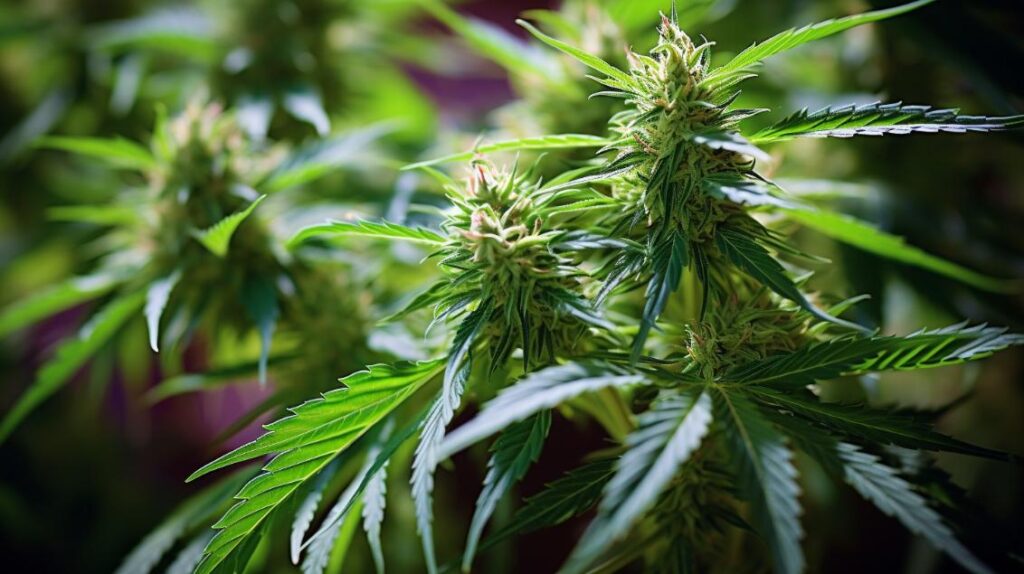
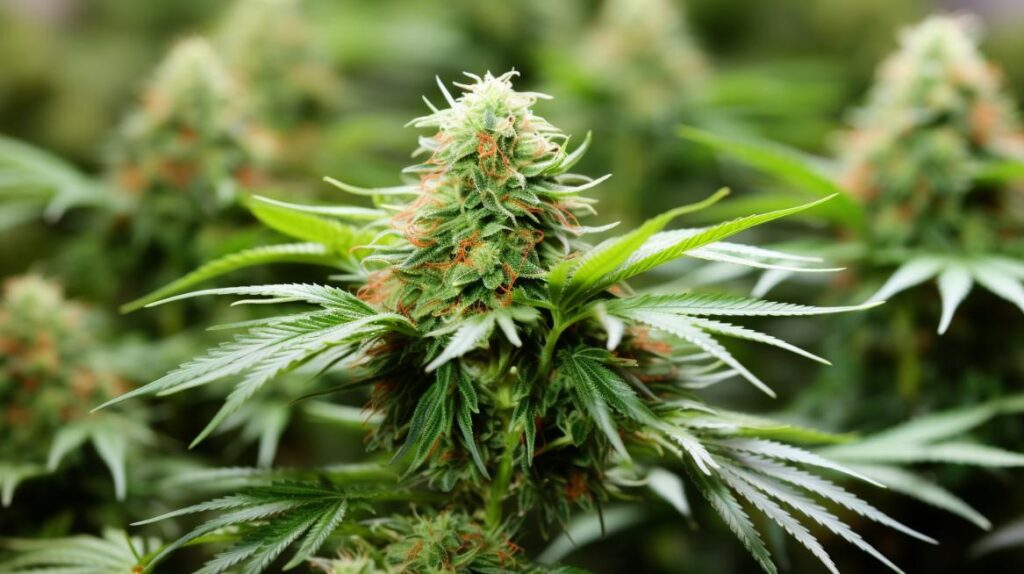
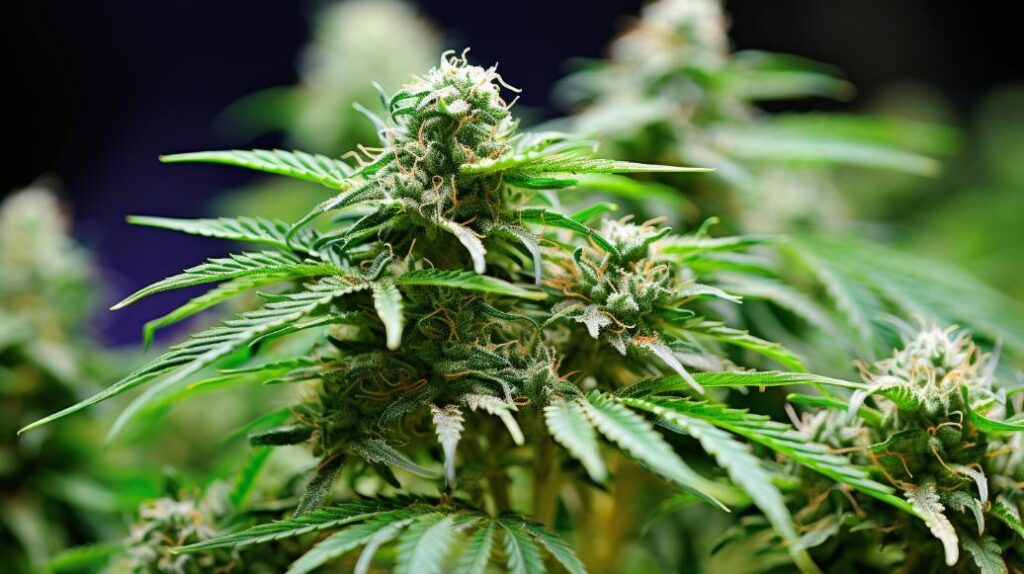
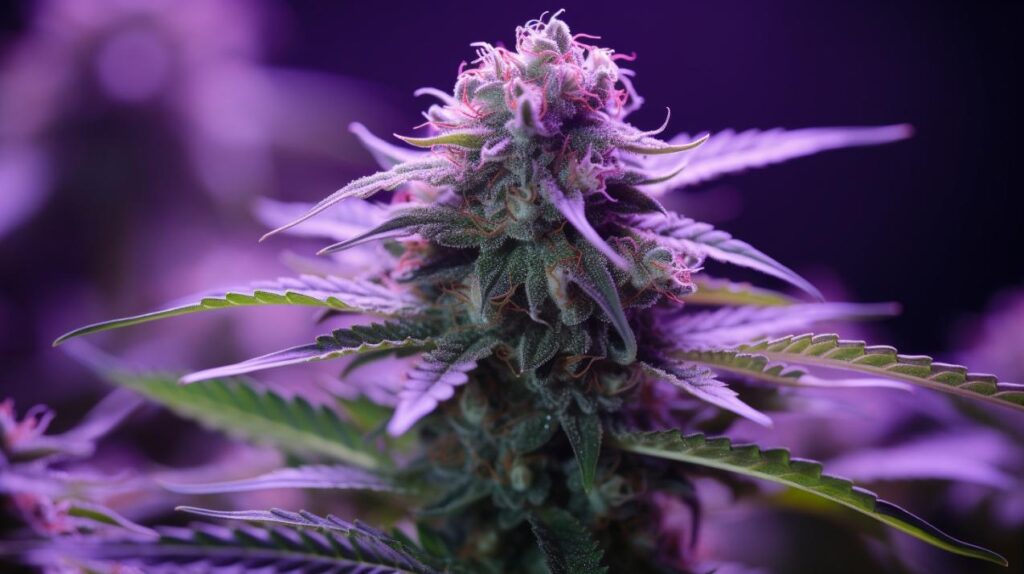
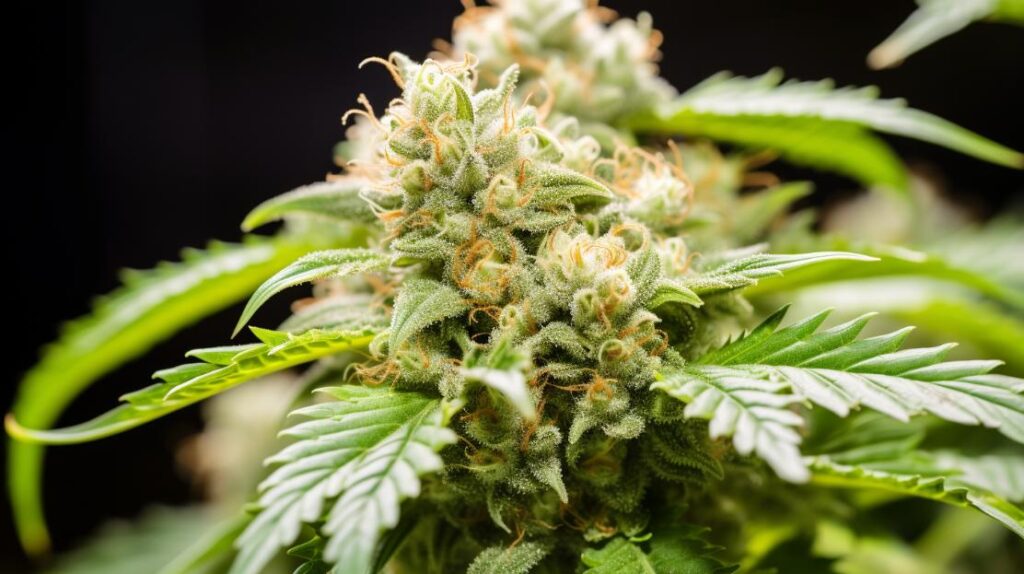

Responses